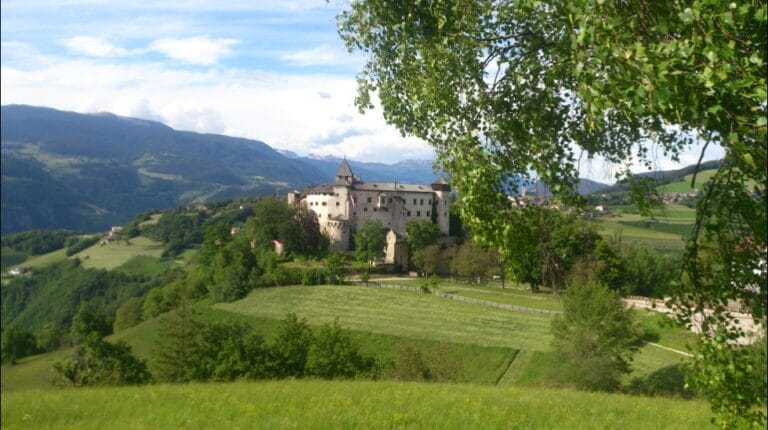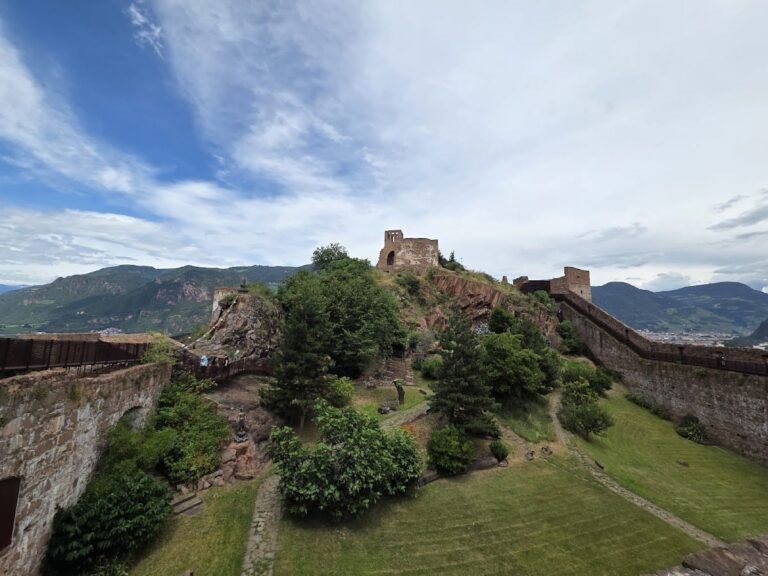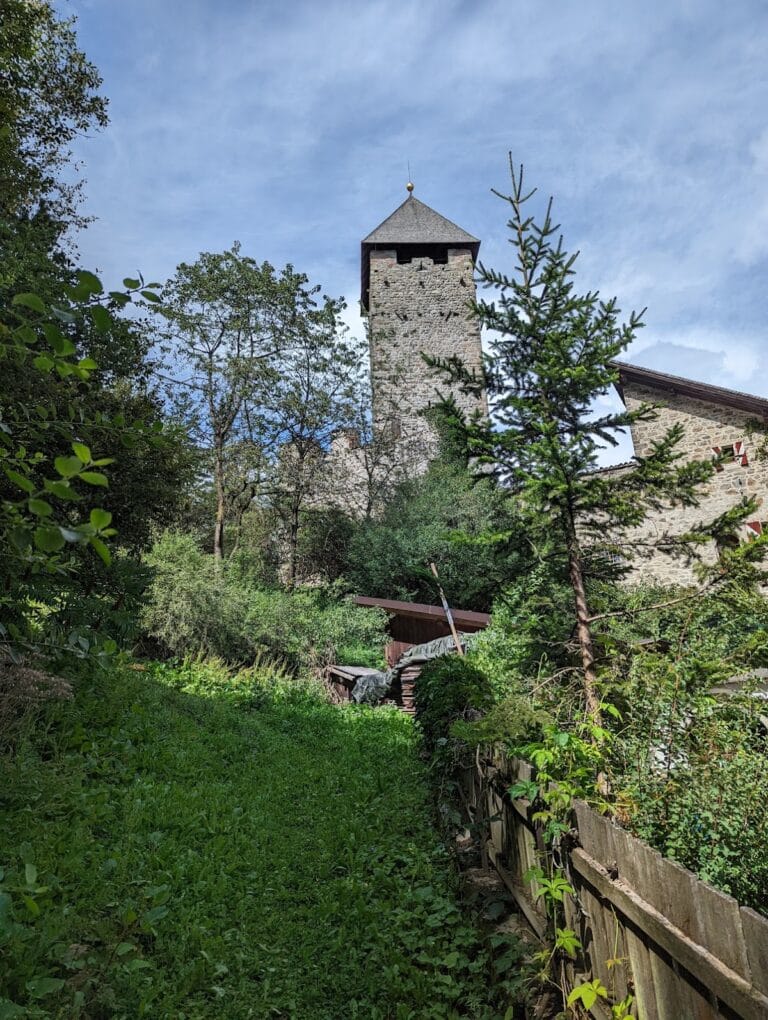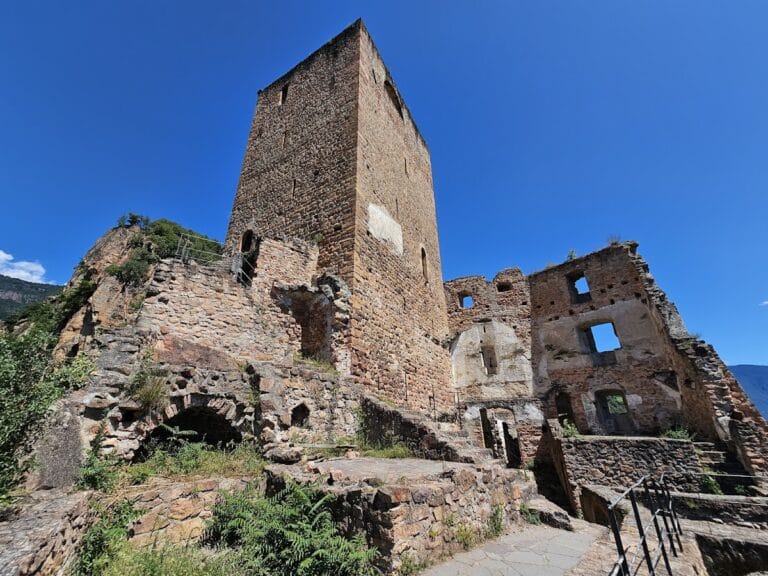Fischburg Castle: A 17th-Century Hunting Residence in Val Gardena, Italy
Visitor Information
Google Rating: 4.3
Popularity: Very Low
Google Maps: View on Google Maps
Country: Italy
Civilization: Unclassified
Remains: Military
History
Fischburg, also known by its Ladin and German names Ciastel de Gherdëina and Castel Gardena, is a 17th-century castle situated near the municipality of Selva di Val Gardena in present-day Italy. It was erected in 1641 by Engelhard Dietrich, Count of Wolkenstein, a nobleman who played a central role in the site’s foundation and design.
During the mid-17th century, Engelhard Dietrich commissioned the construction of Fischburg as a residence primarily intended for hunting and leisure. The castle’s creation came with the expertise of Hans Reichle, an architect and sculptor trained under Giambologna, who contributed architectural knowledge to the project. Although the castle incorporated some fortification elements to serve as a defensive stronghold against potential Venetian attacks, this military function remained largely unrealized throughout its history.
Fischburg served as the courtroom and administrative center for the Wolkenstein family until the late 1700s. The name “Fischburg,” meaning “fish castle,” originates from the extensive fishponds established nearby for trout farming, reflecting the family’s interest in fishing alongside hunting. These ponds were a distinctive feature tied closely to the estate’s recreational use, favored by Engelhard Dietrich and his brother Marx Sittich von Wolkenstein.
The castle endured damage during French military incursions around 1809, after which it experienced a period of neglect. This decline led the Wolkenstein family to auction much of the castle’s contents by 1826. Subsequently, in 1841, ownership was transferred to the local municipalities of Wolkenstein and Santa Cristina. The castle was then repurposed to provide housing for impoverished residents, a change that accelerated its deterioration.
Efforts to restore Fischburg began in 1926 when Baron Carlo Franchetti from Venice acquired the property. Franchetti’s restoration sought to revive the interior’s historical character by installing antique furnishings, wood paneling, and traditional stoves sourced from the surrounding South Tyrolean region and Val Gardena. Since then, the castle has remained in the possession of the Franchetti family. Though generally closed to the public, the site occasionally hosts cultural events such as concerts and exhibitions during the summer months.
Apart from its residential and administrative history, Fischburg also holds cultural significance as a filming location for Roman Polanski’s 1967 film “Tanz der Vampire.” The castle complex includes a chapel dedicated to Saint Cassian and a separate chapel honoring Saint Ulrich near the entrance. Both the castle and the chapel of Saint Ulrich are recognized as protected cultural monuments under the jurisdiction of the Province of South Tyrol, preserving their historical and architectural legacy.
Remains
Fischburg presents itself as a fortress-like residence blending Renaissance residential architecture with elements of military design, positioned on the left side of the Val Gardena valley near Santa Cristina. The castle complex includes a prominent main tower, an imposing northern facade, and a western side that faces the nearby ski slope known as Saslong. Its location adjacent to a wooded slope once complemented the surrounding fishponds, which give the castle its name.
The original construction, completed under the guidance of Engelhard Dietrich and architect Hans Reichle, reflects a combination of functional and aesthetic intentions. The structure’s defensive features were carefully incorporated without dominating its primary role as a hunting residence. The building materials and workmanship correspond to 17th-century standards, integrating wall paneling and spacious interiors designed to accommodate noble residents during leisure pursuits.
Within the castle grounds lies a chapel dedicated to Saint Ulrich, accessible directly from the entrance, adding a religious dimension to the estate’s layout. Adjacent to the complex is the chapel of Saint Cassian, further emphasizing the spiritual connections associated with the castle.
The 20th-century restoration led by Baron Carlo Franchetti focused on rehabilitating the interior spaces by furnishing them with antique furniture and traditional decorative elements sourced locally. This approach enriched the authentic atmosphere inside, with wood paneling and stoves that reflect regional craftsmanship. The castle’s condition greatly improved following these efforts, though it remains preserved as a private residence rather than a public museum.
Together, Fischburg and the chapel of Saint Ulrich are safeguarded as cultural heritage sites by South Tyrol’s provincial authorities. This status ensures ongoing protection of their historical fabric and recognizes their significance within the local and regional history of the area.





